Leveraging diversity through "social cohesion" expands design possibilities.

frog
This article presents content originally published in DesignMind, a design journal operated by frog, under the supervision of Mr. Noriaki Okada of Dentsu CDC Experience Design Department.
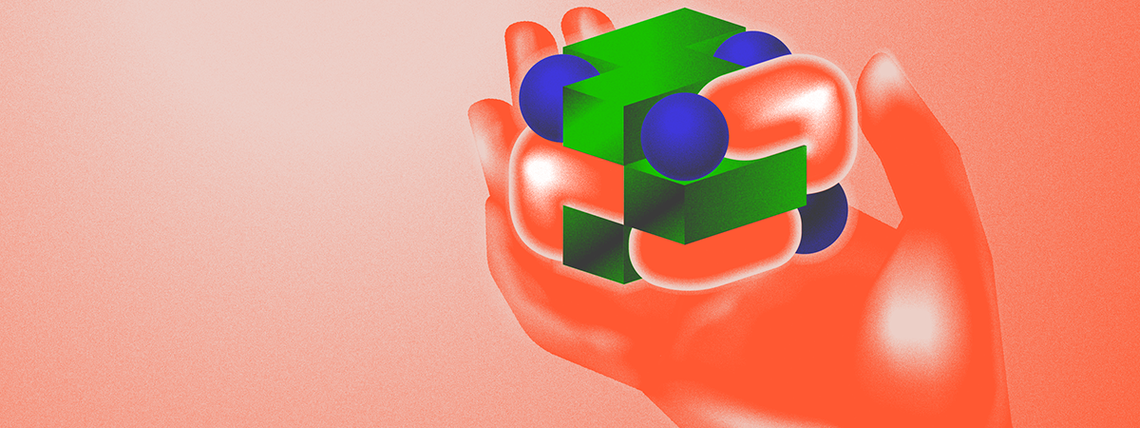
Designers can change the world even more by considering people with disabilities.
In urban planning and product/service design, there are still significant groups who feel excluded. At the " Designing for Inclusivity " discussion held at frog's San Francisco studio in December 2017, design-related panelists and attendees exchanged views on how to change this situation. Promoting social cohesion is listed as a frog 2018 Tech Trend, representing a shared moral understanding among designers.
We bring our biases and assumptions to our work. Consequently, when launching new tools or services, we often focus solely on the needs of primary users. However, the crucial task is to incorporate all users into social cohesion. In this process, it is the designer's responsibility to consider how to avoid creating a significant barrier of "exclusion."
In our discussions, we defined a world with high social cohesion as one where individuals, companies, and organizations recognize that the inconvenience caused by "disability" is not merely a medical issue, but a failure of the design system to adequately support many people.
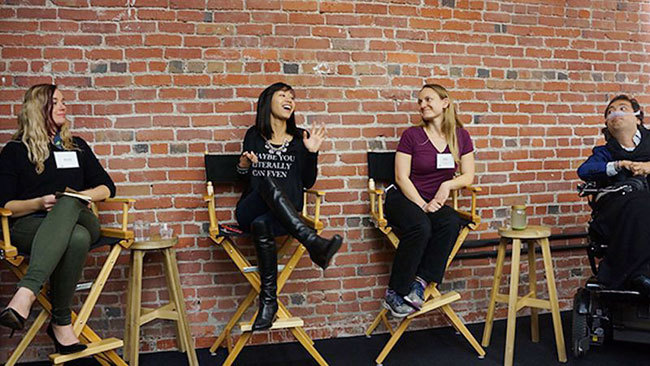
Dr. Victor Pineda, a panelist at the event, stated, "I see this as an opportunity to bring together designers and other design professionals to consider how we can create designs that accommodate more people." A social development scholar and disability rights advocate, Dr. Pineda emphasizes the positive ripple effects that incorporating social inclusion thinking into product design can bring. "We consider not just what a product can do, but also the shift in societal perception that becomes possible through that product."
The term "social inclusion"
One major topic of discussion was defining "social inclusion" in words. As panelists shared their own terminology and definitions, it became clear that the environment and interaction are crucial in shaping human life.
"What is disability? For me, it's defined by two experiences. One is alienation—the feeling of not belonging. The second is the loss of autonomy," stated panelist Tiffany Yu. As founder of Diversability, she aims to "reconstruct the image of disability through community power."
From a cultural perspective, design emphasizing social cohesion also connects to rethinking social justice in modern society. Companies play a vital role in making social cohesion a major trend by creating and providing more products through human-centered design that considers people of all abilities.
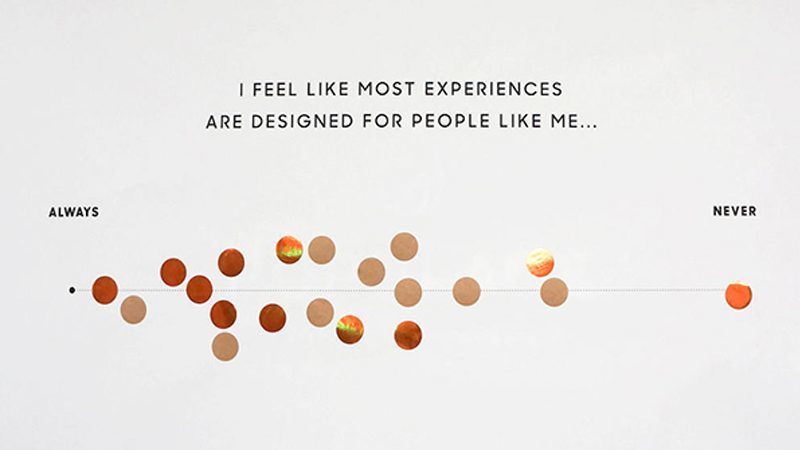
Design for Social Cohesion: Three Principles
What can designers do to change the world? Through the panel discussion, three principles for achieving innovations that unite society emerged.
1. Recognize: Good design centers the user, but great design can broaden that center. This requires considering the diverse barriers faced by people with disabilities, from economic constraints to difficulties in specific experiences. Reflect on your day: How many stairs did you climb? How many voice-guided directions did you receive? Did you use both hands to brush your teeth? Recognizing the status quo sharpens your ability to identify possibilities.
2. Become an ally: Designers can improve their work by prioritizing social inclusion. Yet this alone won't create a design process that accounts for all disabilities. Panelist Zana Simon states that paying wages for employment is the first step forward. "Hire people from the relevant communities. They are seeking work but are shut out because they lack access to job listings and other resources. Become their ally." Even if you're not in a hiring position, considering strategic partnerships within the community can lead to better solutions and prevent self-serving design.
3. Make Change Happen Now: To improve the world, we need to build better things. Consider auditing the accessibility of your company's website, apps, and products. While significant changes may be needed, start small. Begin by taking action—installing clear, accessible wayfinding, using visual design accessible to the illiterate, detailing office accessibility on your website—and then scale up from there.
The Future of Social Cohesion
Rather than forcing flawed systems onto people, making the degree to which your products and services achieve social cohesion a benchmark for entrepreneurial success holds tremendous potential for businesses. For many companies aiming for growth, expanding their user base with products and services that foster social cohesion is where true meaning lies. By prioritizing the quality of the experience, you can deepen the relationship between customers and your brand, attracting more customers.
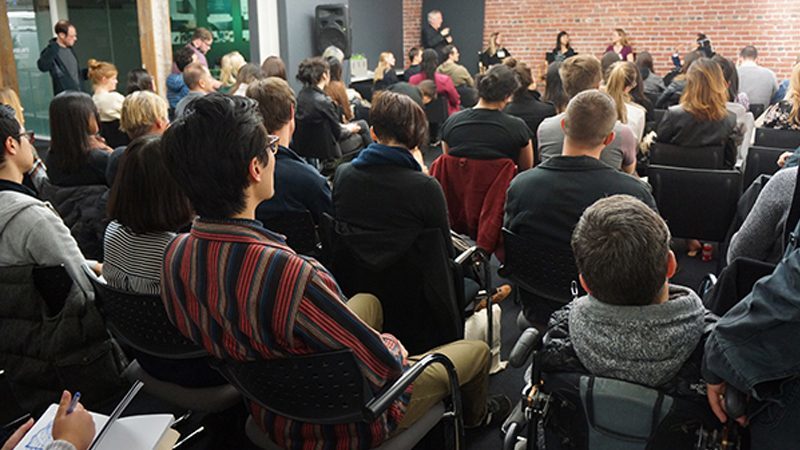
frog's mission is to evolve human experience. We believe this requires a broad understanding of that experience. The goal of "Designing for Inclusivity" was to make design professionals acutely aware of the conversations happening in this discussion.
We design for people. That means designing for all kinds of people. Talking to people and learning from them is part of that process. We have the privilege of bringing products and services into the world. We must not take this privilege for granted.
Resources for Designing for Social Cohesion
The sites below serve as valuable starting points for obtaining the information needed to incorporate the concept of social cohesion into your design process.
The rest of this article can be found in the web magazine "AXIS".
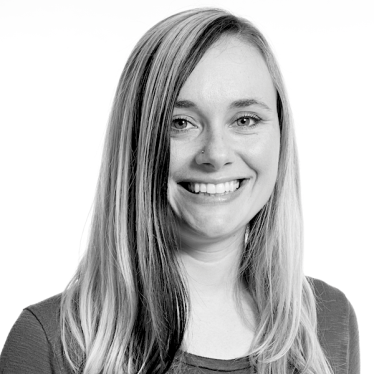
Melanie Williams
Associate Creative Director and Head of Design Research, also playing a central role in frog's healthcare practice. Her expertise spans interaction design, design research, user experience, and product development. From prototyping products to help Chicagoans sleep better to interviewing pregnant women in remote Kenya, her passion for people drives the discovery of true user value and business opportunities.
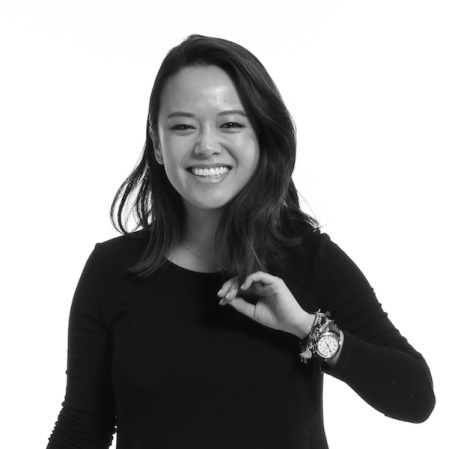
Justin Lee
As a Knowledge Manager and member of the Global Marketing team, she works across frog's eight studios. She focuses on spotlighting innovative ideas born from minority perspectives and compelling individuals. In 2016, she co-organized "Make America Dinner Again," an event bringing together people with differing political views to share meals and exchange opinions, aiming to foster mutual understanding.
Was this article helpful?
Newsletter registration is here
We select and publish important news every day
For inquiries about this article
Back Numbers
Author

frog
frog is a company that delivers global design and strategy. We transform businesses by designing brands, products, and services that deliver exceptional customer experiences. We are passionate about creating memorable experiences, driving market change, and turning ideas into reality. Through partnerships with our clients, we enable future foresight, organizational growth, and the evolution of human experience. <a href="http://dentsu-frog.com/" target="_blank">http://dentsu-frog.com/</a>

